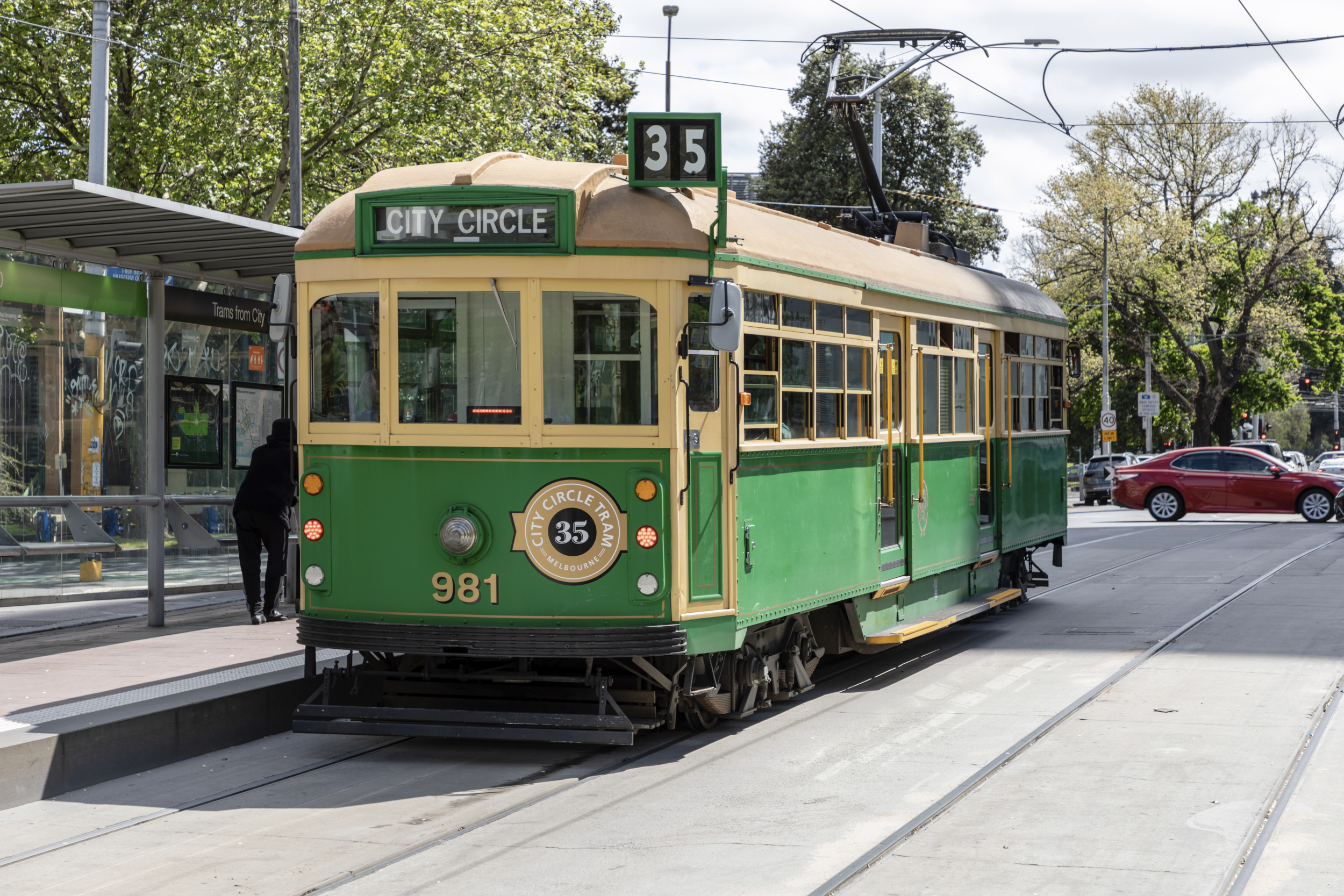Something harsh and forceful will probably have to happen at some point.
If melbourne is gonna do higher density though … I think it needs to take care that it doesn’t fuck it up. From what I’ve seen, that care hasn’t really been taken that much. Livable high density is possible … you just have to force developers to do it. I also suspect you need to aggregate smaller lots in order to include more liveable components like large central garden areas/atriums and larger surface areas for light and air flow.
I really fear for the apartment blocks that have been built already as they age. In the CBD, they make more sense especially when they’re high rise with views … it’s a different vibe. But if `burb people are to transition into higher density, you probably gotta do better than shoe-box apartments that maximise developer profits.
I also suspect you need to aggregate smaller lots in order to include more liveable components like large central garden areas/atriums and larger surface areas for light and air flow.
Having moved our family into higher-density housing last year, it has its drawbacks. The kids no longer have a yard. I couldn’t even set up the trampoline at the new place (it only needs about 3m2) as there is not a single blade of grass on the property. The nearest park is 600m away. This sounds super close, but it is far enough that the kids are not in earshot if there are any issues. Outdoor space is by far the biggest drawback to the new area. My wife also really misses having a garden to potter in.
It’s not enough to just build high-density housing if you want families to live there. We need a lot more parks and recreational spaces factored into the infrastructure calculations. But those things are not profitable.
But those things are not profitable.
Yep! Which is why the government getting pushy is probably absolutely necessary. This is a reforming the city situation, not just nudging things in a better direction. I fear Melbourne is on track to turn some areas into waste dumps that no one wants to live in. You can almost see it: well built train stations on the “sky rail” that trains often skip because no one really lives there. This sort of thing can happen! Checkout the the Imhe Zentrum in Hanover Germany (https://duckduckgo.com/?q=hannover+ihme+zentrum&t=ftsa&iar=images&iax=images&ia=images) … a combined shopping center and apartment complex that’s now basically abandoned post-apocalypse style.
It’s not enough to just build high-density housing if you want families to live there. We need a lot more parks and recreational spaces factored into the infrastructure calculations.
Can’t argue with that. I’ll add that high density housing can mean a lot of different things, from duplexes/fourplexes and rowhouses to small apartment buildings to giant high rises. Some of these forms can easily accommodate a backyard or front yard (or both). Getting rid of parking minimums (or better yet, legislating parking maximums) would mean more land can be dedicated to green space too.
Rooftop gardens and semi open high floor shared areas are possible… Not necessarily a huge amount of space, but I’ve seen it work. Just need the apartment building to be built with a decent budget.
@maegul @vividspecter
Yeah… I’m a100% YIMBY, but the issue I’m seeing for Straya is our status quo of large property developers calling the planning shots can’t lead to any of the good outcomes some parts have Europe have seen (e.g. Vienna) and instead seem to point towards entrenching the growing divide between those who can afford a house and those who can’t.
Anyone with a tennis court should be forced to subdivide, and get no compensation.
That’s a bit rough isn’t it? Why tennis courts specifically and not people with gardens? or Pools? Is it just that anyone who has a tennis court is therefore rich and won’t notice the financial loss?
I’ve seen a pool fit in a subdivided lot. Gardens have use. A tennis court is a bullshit vanity.
Yes.
Ban low-density zoning entirely within urban areas. You can still build single-family separated housing, but it should never be the only thing that’s legal to build.
Agreed 100%. At least in NSW they are starting to adjust zoning (up to 6 floor apartment buildings) near public transport, which should cover a decent amount of places. I’m hoping the changes also allow some level of mixed-use zoning as well, since it’s less livable to just have dense housing alone.
This is the best summary I could come up with:
A few kilometres east of the central business district, Boroondara takes in affluent suburbs including Balwyn, Camberwell, Canterbury, Hawthorn, Kew and Surrey Hills.
Yimby Melbourne’s lead organiser, Jonathan O’Brien, said this was largely due to a “nimby local council” and community resistance to high-density housing.
The move has been welcomed by Brendan Coates, the Grattan Institute’s economic policy program director, who said restrictive zoning was the “biggest barrier” to boosting housing supply in Melbourne
He said in 2016 Auckland embarked on a radical plan to upzone 75% of residential land, which tripled the city’s dwelling capacity, led to a surge in construction and spared the region from ballooning house prices and rents.
Peter Tulip, the chief economist at the Centre for Independent Studies, said the Yimby Melbourne report was “more formidable” and “impressive” than a similar one he authored in 2023, which recommended new housing targets for the affluent inner and eastern suburbs in NSW.
The planning minister, Sonya Kilkenny, said the government was working with councils to “build more homes in the areas where people want to live – close to jobs, transport and essential services”.“The status quo is not an option,” she said.
The original article contains 966 words, the summary contains 195 words. Saved 80%. I’m a bot and I’m open source!






